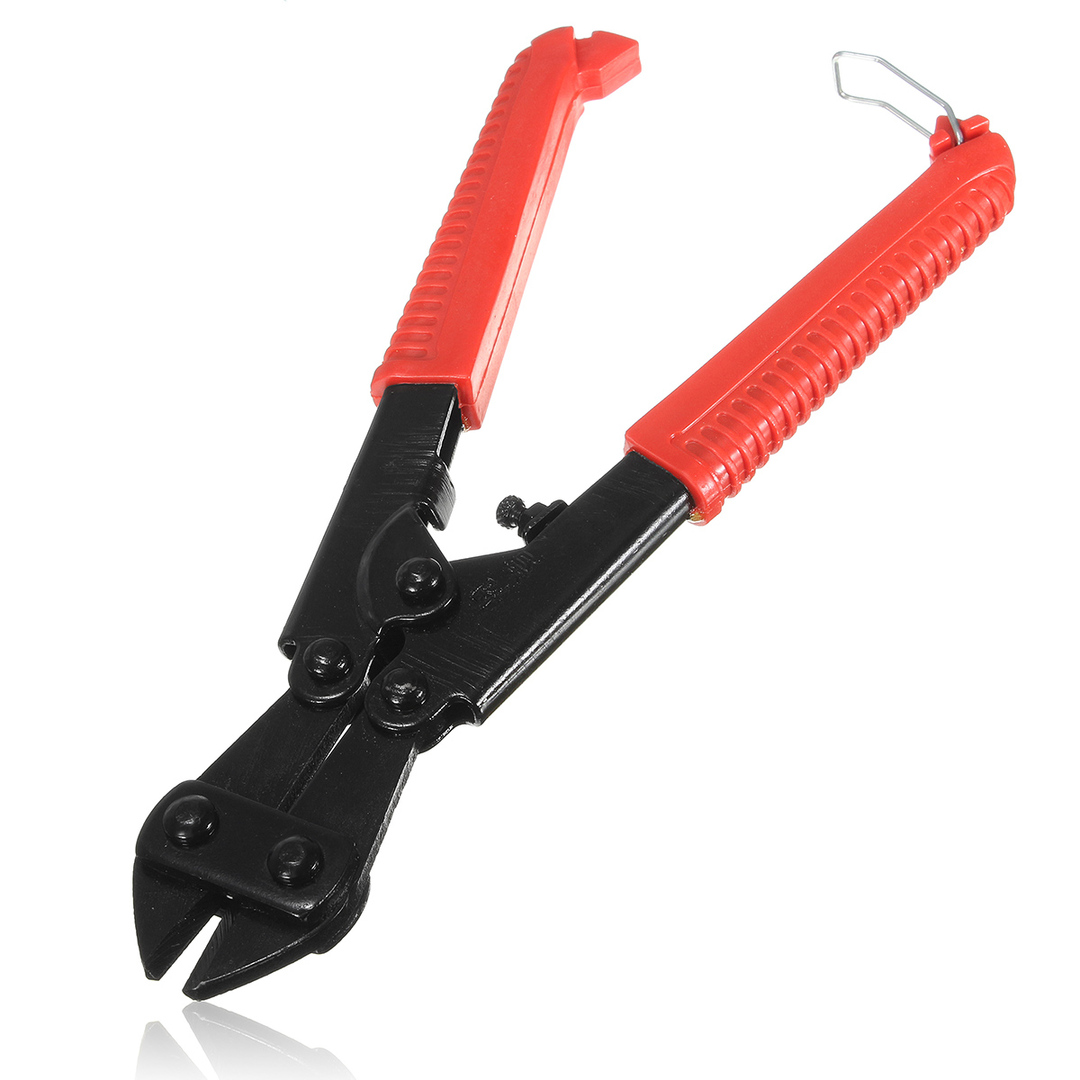For many of us, the question of effective heating of their homes is always relevant. In many ways, our concern is with a weak central heating efficiency, the inclusion of which we look forward to each fall. We own your own home can be more qualitatively warm, equipped with its own autonomous heating system. Tenants of city apartments with a choice of alternative ways of heating, the task is much more difficult.
However, there are options that can be successfully applied in their own households. Radiant Floor Heating - a heating system that can satisfy in full the inhabitants of private houses. For apartments that option is of little use due to the existing legal ban. As an auxiliary means of heating water is carried out laying the floor in the bathroom.

Heated floor, made with his own hands, the water, the outline of which can be connected to the centralized hot water or to an autonomous heater, the actual engineering decision. The question is, how well will the calculations are made, competently executed the installation of the pipeline and installation of structural elements. We deal with questions on this subject in more detail.
Motives, prior installation of water floor
If you decide to convert the heating system of your own home by opting for the warmed floor, the decision is justified. Here we can say about the effectiveness of the selected option. This system differs residential heating efficiency, has a high performance and process parameters.

The most interesting thing is that in contrast to other heating systems, this heating circuit, ie, Radiant floor with their hands to make quite capable of an ordinary person. These heating circuits are referred to medium hydraulic professionals. The basic principle of operation consists in heating the floor covering inside, as a result of circulation of the hot heat carrier tube. Water circuit is connected to an autonomous boiler for central hot water system. Due to the fact that by heating the floor, in a heated room is created extensive warm surface, radiating inner heat air volume.
Preheat the screed serves as a giant radiator, giving the thermal energy of air masses. Uniform heating throughout the floor provides a natural circulation air mass inside. Warm air rises upwards, giving place to a portion of cooled air. In rooms with warm floors practically no cold corners, the air mass is warmed uniformly upwards.
Despite the fact that such a heating system is connected with a long and labor-intensive work processes, the effectiveness of its order of magnitude higher than conventional heating via radiators. Properly calculate all the steps and the sequence of work, it is possible to significantly reduce their costs. When selecting consumables, equipment and accessories, you can use the advice of professionals. Installation requires a clear consistency and compliance technology. The result is a durable heating system, a level of comfort in your home. By the efficiency floor heating at times exceeds the radiator heating system.

Important! Equipping at his home a warm floor, remember that you are doing the heating system permanently. Laying water tube of great length, the subsequent assembling covering, work processes that are made long time.
Preparatory work
The main problem with which you will have to face in this case, the old screed. It will have to be dismantled. This process is not easy, however, not do without it.
For reference: owners of new housing in this regard on the order easier. You have the floor slab, which can be freely laid water pipes and a new tie. It should be remembered that the weight of the screed 10-15 cm thick is 200-300 kg / m2. Therefore, it is necessary to take into account the strength and reliability of the entire construction.
The preparatory work that you start, lie not only in dismantling the old concrete pavement, but also in the preparation of the surface itself. For normal operation of your floor heating require horizontal surface. The maximum allowable height variations on the surface should not exceed 10 mm. In the photo, which is offered to your attention, it shows the process of preparing the surface for laying the heating pipes.

Once you have eliminated all the defects on the surface, proceed with the installation of the waterproofing layer. Along the walls of the dwelling, lay around the perimeter of damping tape, which will act as a thermal compensator to expand from heating the concrete screed.
On a note: When installing several water circuits damper tape is attached not only to the vertical walls of the room, but also between each water circuit, along the lines of paving.
What would the heat from the heating pipes are not goes down, the floor base is exposed insulation. For this purpose, you can select a variety of materials that are now in the assortment on offer. The type and method of warming depends on the following factors:
- Heated floor, which is auxiliary heating system can be insulated with polystyrene foam, coated on one side of the foil. Such a material is called penofol;
- If the dwelling or dwellings of the heated rooms are located, it is possible to restrict ordinary sheets of extruded polystyrene or 20-50 mm thick mineral wool;
- accommodation ground floor require careful insulation. There can be used a bulk expanded clay and foamed polystyrene sheet thickness of 50-100 mm.
For reference: the market today have special insulation plates equipped on the one hand the grooves and channels designed for pipe-laying water heating circuit.
On top of the insulation is laid reinforced mesh, on the basis of which will be held concrete screed. Usually, it is done on a grid floor installation of water pipes with special brackets, clamps and clips. The figure shows a typical layer cake - layer structure underlying the capital floor heating system.

Supplies and Equipment
Before starting to lay the floor warm water with your hands, enjoy a careful selection of the necessary materials, equipment and machinery. Typically floor heating circuit includes the following elements and materials:
- heating a source of coolant (auxiliary gas boiler, domestic hot water system and CH);
- a circulating pump (some models gas boilers have in their design pumps);
- tube wiring;
- shut-off valves;
- three-way valve;
- collector;
- main pipe to the water circuit;
- Set of fittings for connecting pipes and equipment.

From all the above equipment and materials, special attention must be paid to the selection of pipes, which will be a single heating circuit. Typically, today are used in practice polypropylene tubes and pipes of crosslinked polyethylene. In the first case it would be better to opt for pipes covered with reinforcing glass fibers. Polypropylene has considerable thermal expansion, thanks to fiberglass however, can reduce the effect of deformation of the pipe when heated.
Polyethylene pipes are less subject to thermal deformation, however is their often selected for external communications equipment. The most convenient diameter for the water pipe floors 16-20 mm.
On a note: with the purchase of pipe, see marking. Pipes must withstand a pressure of 10 atm. and the heating temperature to 950FROM. Otherwise you risk to create at home bomb.
Since making the water warm floor with their hands, think not only about saving money, but also about their own safety and practicality of the system during operation. You should not chase the cheap materials. Just try to get the pipe tried and trusted companies - manufacturers.
Next, enjoy a collector. This is a fairly complex structural element which has a mass of pipes and taps. On the amount of water circuits that you want to put in the rooms, and the choice depends on the reservoir model. The main task of the collector - adjustment of the hot water supply and discharge the cooled coolant back to the heating source. For the collector are connecting all the pipes laid in the floor. The collector includes all regulatory group, through which the water floor functions and you have the opportunity to carry out adjustment of the supply / heating water circuit. It valves regulating the flow rate of water in the tube, air, valves, thermostats and emergency drain.

Calculations and stacking water circuit diagram
Laying of water underfloor heating with their own hands will require you to carry out certain calculations, which will help to obtain precise data on the length of the water circuits, their number and how to choose the scheme stacking.
calculations are made individually for each room. To simplify things, you can take advantage of special programs, which exist today in the specialized companies. It will be better when the calculations for you experts, clearly, on paper, with all the necessary recommendations. Tutor calculations, then advance to expose themselves to the risk to get further technological error. The basic values for the calculations are as follows:
- size (area) of the heated space;
- the materials from which made the walls, floor;
- the level of home insulation;
- what type of insulation is laid into the substrate;
- putative type of floor covering;
- water loop pipe material and diameter of the pipe;
- power of the heater, the operating pressure in the system or centralized hot water central heating systems.
Based on these parameters, you can get a clear idea about the length of the pipeline and the step size when laying pipes. Once obtained from the calculations, the laying scheme of the heating tube.
Important! When selecting the water circuit stacking schemes must take into account the fact that the water circulating through the pipe cools down. Therefore, installation of pipes should be started from the outside of the wall. Thus, you protect a heated room from the cold air zone.
In order to get a gradual decrease in the degree of floor heating from the outer wall to the center of the room, it is preferable to choose "snake" stacking scheme. To obtain uniform heating of the floor in rooms with interior walls used stacking "snail" circuit, i.e. a spiral from the edge of the room towards the center. Here the tube is fed to the center of the spiral double pitch between each turn. Having reached the center, the tube turns and fits in the same form, but in the opposite direction. Both ends of the heating tube should be connected to the respective branch pipes collector.

When installing floor heating should be remembered Observed step. Usually pipes for underfloor stacked in increments of 10-30 cm. At high heat loss in the home, the best move of laying the pipe - 15 cm.
If step pipes increasingly less clear, with hydraulic resistance situation is ambiguous. The more turns and bends in the pipe, the greater the resistance. For each water circuit connected to the collector of this parameter must be made of the same value. The contours of a length of 100 meters is divided into shorter segments of equal length. When laying the heating pipes is strictly not allowed to use the joints and install the coupling.
On a note: installation of the coupling or tightening fittings is allowed only if you eliminate breakage, to repair the water floor heating.
For each room, a separate circuit. Do you want to heat in this way either a balcony or a loggia, try to put for this purpose a separate circuit.
Selection and installation of the collector
It has already been said that the number of water pipes, stacked on the floor, reservoir model depends. The apparatus should have a number of outputs corresponding to the number of heating circuits. The task of this device - responsible for the regulation of the supply of hot water to the heating system and the removal of spent coolant back to the heating device.
The simplest option - it is a collector, equipped with only the shut-off valves, but such a device is practically robs you of the ability to regulate the work of the entire heating system. In the more expensive models are provided regulating valves which can be thanks to independently set an optimal water flow rate for each heating tube separately. A mandatory attribute of any reservoir, vent valve and valve, the emergency drain. In most cases, it puts simple, cheap models collectors. once is enough for the normal operation of equipment to set up all of the valves in accordance with the specified parameters.
If you do not try to buy the savings is better to buy a device equipped with servo drives and mixing units. Such equipment allows to automatically adjust the temperature supplied to the floor heating pipe water.
On a note: do not forget! Your collector should be mounted directly in a heated room or near it, in the neighborhood. For this is a special collector cabinet (sizes 50x50 cm and 60x40 cm). design depth of 12-15 cm. If desired, the collector cabinet make recessed in the wall, so all design could fit into the interior of the dwelling.
Manifold cabinet put above the level of water sexes. Generally, all the contours of water coming out of the tie outside, hidden in a special decorative box.
Installation of pipes and screed
Immediately it is worth to notice! Laying of pipes does not mean that you can immediately start filling the new ties. Screed assembly only after the start of the heating system. When the pipe is filled with hot water, the water circuits relaxed working pressure is not deformed in the ground connection is not leaking, you can begin to work on the device ties.
Test readiness of floor heating is done at an elevated pressure. The water circuit is supplied with water under pressure of 5-6 bar, which is three times the normal operating parameters. Under such pressure, your system should stand for at least a day. Further, the pressure is reduced, bringing it to the normal parameters exhibited by a manifold optimum temperature heating dwelling. After starting your system must stand in operation for 2-3 days, during which you should closely monitor the health of all components and equipment.
Mounting screed done while the system is in accordance with a particular technology. The basis of the concrete structure is sand-cement mixture with the addition of plasticizers. The video shows how you can make a screed for warm water floor with their hands.
Selection of a heat source to warm floor water system
Here follows immediately put everything in its place. There are three options for connecting the water floor:
- Warm water floor from an autonomous gas boiler;
- Heated floor of the home electric heating unit (boiler);
- water floor, connected to a central heating system or a hot water system.
First, the most common variant, which basically put in new private households. Gas boiler is the most suitable heating device, by which to provide the full operability home heating system. Warm water floor in this regard will operate stably and efficiently.

If you have expressed a desire to connect the water circuit for heating the bathroom and toilet through the boiler, the situation is somewhat different. You will need a flow-through boiler, capable to carry out regular water heating to the desired temperature. This option should say at once very expensive and inefficient.
Finally! Very popular among the residents of city apartments is a wiring diagram of heating floor bathroom to centralized communications. A variant with a water pipe connecting to the system does not differ centralized heating practicality and is used only when strictly necessary. Much better water circuit will connect to the coil (of towel). Usually in blocks of flats put towel, playing the role of an extra loop in the hot water system.

Important! It should be reminded that this type of connection is not legal. Where you play the role of a number of technological factors, which can not be overlooked.
Returning to the autonomous heating system, a gas boiler, it is necessary not to forget that your unit should have an adequate supply of power. For example, the conventional gas boiler for auxiliary heating power should have a rate of 1 to 10 of the total heated area. These values are taken for building ceilings with no more than 3 m and at a moderate consumption of hot water for domestic use. So to the power needed to heat the coolant in the system and ensure the inhabitants of the house with hot water boiler capacity you will need 30-40 kW, taking into account the reserve power.
conclusion
Apparatus water floor, unlike radiator heating systems at first glance looks cumbersome, expensive and troublesome. Needless to say not the truth, if you argue that if desired, do at home underfloor heating, You are limited to the minimum discomfort and low physical effort. Mounting of underfloor heating for any room - a task difficult and troublesome. However, these concerns and difficulties are worth it and will pay off in the future. If you were able to make things right, without departing from the technology, your floor will serve you faithfully for decades.



